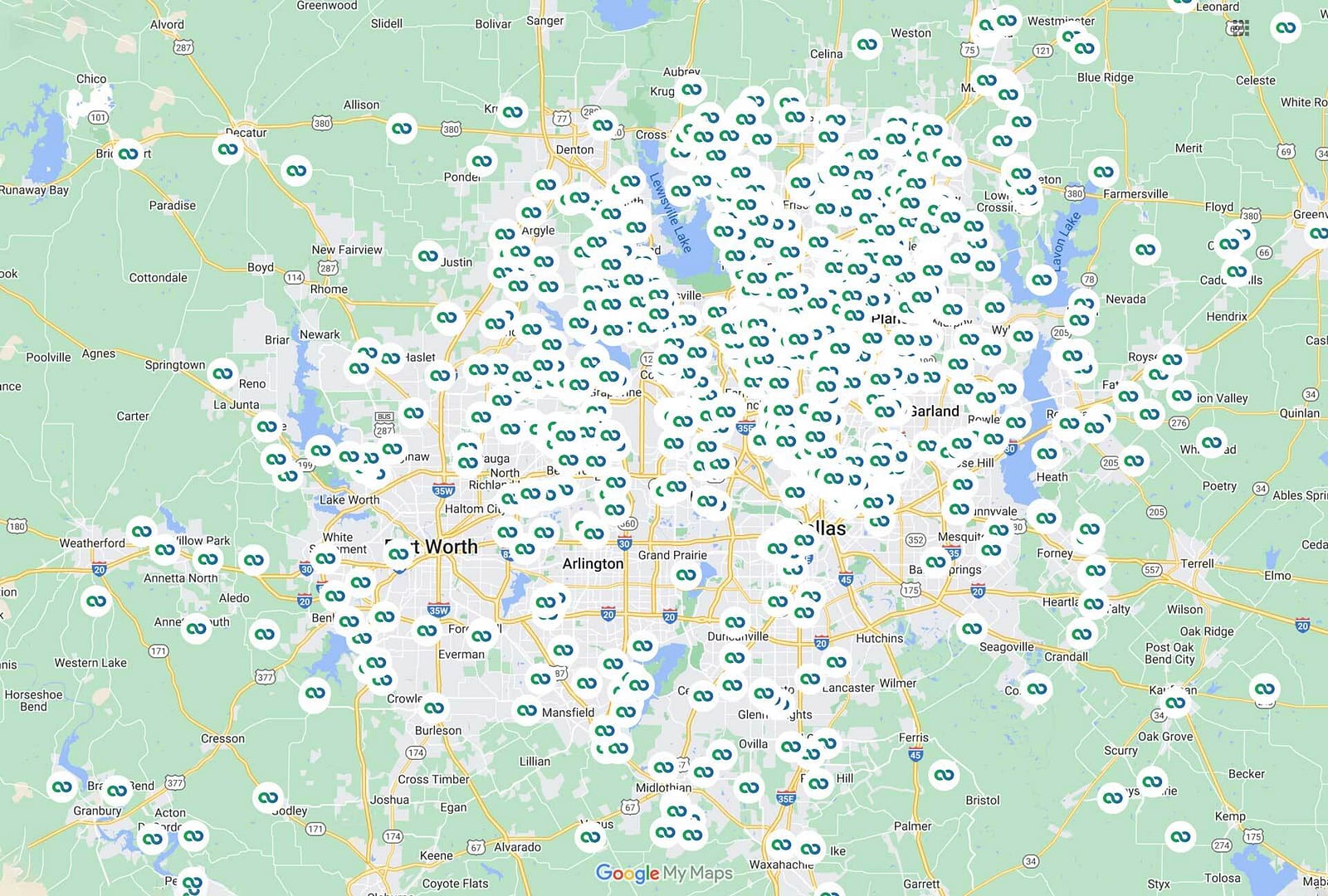How long will my battery last in the event of an outage?
This commonly asked question depends on a variety of factors. Typically, whole-home battery backup systems are designed to provide power that lasts a single household throughout the night, or when solar panels aren’t producing enough energy during the day. According to U.S. Energy Information Administration (EIA), US households consume a daily average of 28.9 kilowatt-hours (kWh) of electricity. Therefore, a single whole-home backup battery system, with a full charge of 13.5 kWh of energy storage, will usually last between 8 to 12 hours for a typical US household during a grid outage.
However, the battery system’s backup purpose and energy storage capacity will essentially be determining factors for how long a battery will last. To accurately assess the power backup needs of the home, a complete energy survey with an analysis of the home’s electrical usage is necessary.
How to Expect Battery Backup Duration
Battery systems with larger storage capacities provide longer-lasting backup power during outages. For whole-home coverage, the system must be sized appropriately to handle high-consumption appliances like air conditioners and pool pumps—devices that can quickly drain stored energy. This makes it crucial to thoughtfully select which circuits are connected to the backup panel.
Backup duration varies significantly depending on how much energy your home consumes. Circuits with lower power demands will draw less from the battery, helping preserve stored energy and extend the available backup time.
If you’re considering a battery backup system, it’s important to get expert advice tailored to your home’s needs. Good Faith Energy, a top-rated and certified solar company, can help you determine the right solution with professional guidance and trusted experience.
Mitigating & Extending Backup Power Durations
Solar panels can recharge batteries while simultaneously offsetting energy usage from both the grid and stored energy. During the day, any excess solar energy not immediately used by the home or exported to the grid can be redirected to recharge the battery, effectively extending your off-grid power availability. However, the ability to replenish battery storage from solar panels depends on several factors that influence energy production, including shading, panel orientation, and the surrounding environment. Ultimately, these variables work together to determine how long your battery backup system can last during an outage.

Know Exactly How Long The Battery Will Last
Today, modern battery systems can conveniently display information through internet-connected smartphone apps. These smartphone apps provide users with real-time detailed information about battery status, solar energy production, and home electricity consumption. Apps from manufacturers such as the SPAN, Tesla, and FranklinWH help users comprehend energy usage during a grid outage.
SPAN Electric Panel Monitoring
The SPAN smart electric panel allows users to manage their energy usage in greater detail than previously possible. Users of the SPAN smart panel can prioritize energy for certain home circuits to prolong backup power duration during an outage. Thereby offering an ultimate tool for optimizing battery backup duration efficiency and performance.
Battery Backup Settings
Energy storage systems like the Tesla Powerwall 2 and FranklinWH aPower, allow users to configure battery settings in their respective apps. The apps show users how power flow reacts when changes are made to the batteries’ settings. This enables them to fine-tune the distribution of stored energy for particular scenarios or applications.

Another helpful feature of these apps is “Storm Watch” mode. This feature is great for automatically preparing batteries for a potential grid outage caused by severe weather. Systems connect to a weather service via the internet, and when activated, prioritize fully charging the batteries from the grid.
Having a fully charged battery before a grid outage is an ideal practice, as it ensures maximum power longevity. Without this feature enabled, the battery’s state of charge will be whatever it is when the grid goes out. So if the grid goes out and the battery is at a 30% charge level, then the battery will not last as long as if it were at 90% before the grid outage. These apps from the manufacturers also show an estimated time for how long the battery will last. Estimates are based on its state of charge and active electrical loads being powered during an outage.
State of Charge vs Fuel Capacity
Consider the power use applications, when deciding to go with either a whole-home battery backup or a gas/diesel generator. Whole-home fossil fuel generators are typically designed to power large electrical loads when there is a grid outage. These generators require a substantial-sized fuel tank to power large electrical load appliances simultaneously. Generators are a preferable option for users that want to power large appliances/circuits but aren’t concerned with their energy usage. Keep in mind though, that generator options have higher costs associated with operating daily and maintenance of mechanical parts and are EXTREMELY LOUD when in operation. The fuel tank will only provide fuel for so long until its capacity runs dry. Converting combustion fuel to electricity isn’t efficient as an option not requiring combustion to generate energy, and can be subject to performance reliability.
With battery backup options paired with solar panels, users are able to “refuel” their batteries’ “fuel tank” daily whenever the sun is shining. This is a huge advantage over traditional combustion generators. As a result, solar paired with batteries is more reliable as it provides energy independence more efficiently than other options are capable of. Energy storage systems paired with solar panels help ensure that the home is self-sustaining during an outage and that its inhabitants have peace of mind knowing their power is secure.
Fact checked by Jacob Petrosky – 4/26/2024
